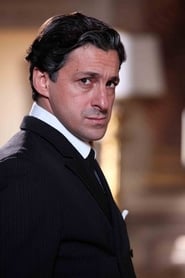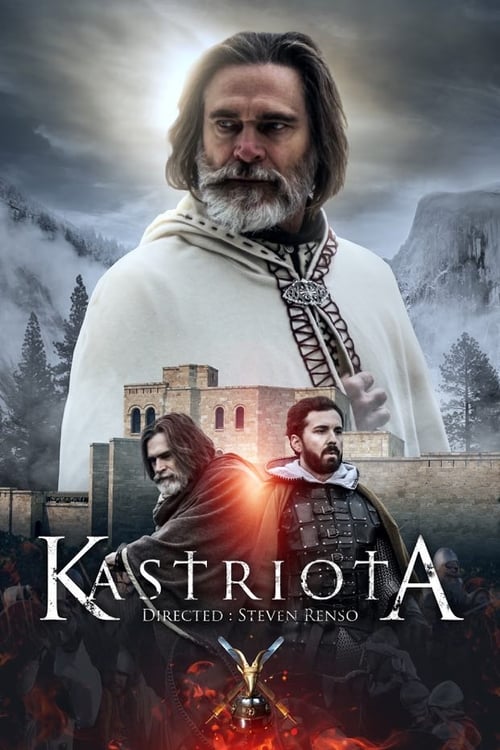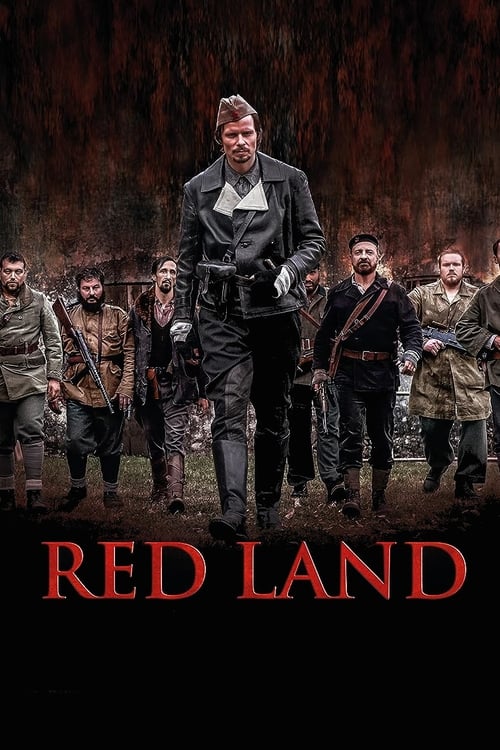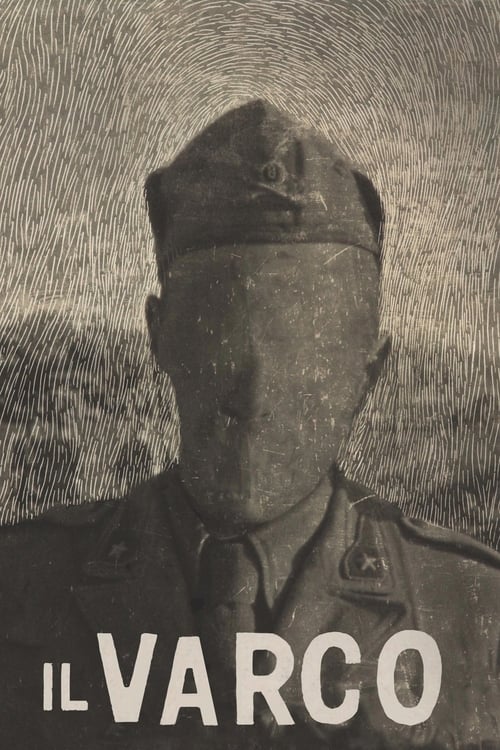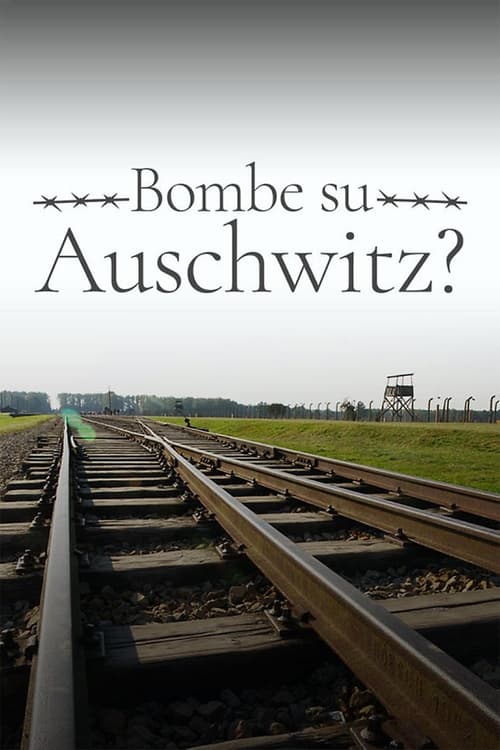
Ask Your Own Question
What is the plot?
In the early 1990s, the Smallbone family's life in Sydney, Australia, is marked by both promise and pressure. David Smallbone, portrayed by his son Joel Smallbone, is a driven concert promoter deeply embedded in the Christian music scene. The film opens with a vibrant nostalgia for the 1980s Christian rock era, featuring artists like Stryper and Amy Grant, whose Australian tours David expertly organizes. The camera captures bustling backstage moments, the hum of soundchecks, and the hopeful faces of fans, setting a tone of ambition and faith. David's wife, Helen (Daisy Betts), is pregnant and radiates a calm strength, her presence a steady anchor for their six children, including their eldest daughter Rebecca (Kirrilee Berger). The family's musical talents and tight-knit bonds are clear, underscored by quiet prayers and shared moments of encouragement. Yet beneath this surface, an economic downturn looms, threatening their stability.
The turning point comes abruptly. David's latest tour collapses amid a worsening recession, resulting in a staggering $500,000 loss. His reputation crumbles alongside his contracts and financial security. The once-promising concert promoter faces the harsh reality of failure. The family home in Sydney, once filled with music and laughter, now feels heavy with uncertainty. David's pride and identity are bruised, and his internal struggle begins to unfold. At a tense dinner, Helen confronts him gently but firmly: "David, we can't keep living in the past. We have to trust God and move forward--for the kids, for us." This moment crystallizes the family's crossroads.
With no prospects left in Australia, David and Helen make the daunting decision to uproot their family and move to Nashville, Tennessee, the heart of the Christian contemporary music industry. The film's visuals shift to the chaos of airports and customs, where the family's journey is fraught with delays and missed flights. Their luggage, sparse and worn, symbolizes the weight of leaving everything familiar behind. Upon arrival in Nashville, the Smallbones face a stark new reality: an unfurnished apartment, no car, no money, and a future clouded with uncertainty. The camera lingers on the empty rooms, the echo of footsteps, and the children's tentative hope.
David's promised job in Nashville evaporates almost immediately, plunging the family into financial hardship. To survive, they start lawn care and house cleaning businesses, scenes filled with sweat and perseverance. The film captures the grit of these moments--the rough hands of David and his sons, the careful cleaning of a producer's home, the long hours under the Tennessee sun. Helen's faith shines brightest here; she leads the family in prayer, her voice steady as she reminds them, "God's plan is bigger than our setbacks."
Tensions rise within the family, especially between David and Rebecca. David, still wounded by his failures, tries to shield Rebecca from disappointment, fearing the music industry's harshness. Rebecca, however, is determined to pursue her gift. A pivotal scene unfolds in their modest kitchen where Rebecca declares, "I have to try, Dad. This is what God gave me." Their confrontation is raw and emotional, exposing the generational and personal struggles beneath their shared faith.
Meanwhile, David wrestles with his pride and depression. Well-meaning friends and family offer help--covering medical bills, providing a car, and buying Christmas gifts for the children--but David's internal battle makes accepting aid difficult. After the offscreen death of his father James (played by Terry O'Quinn), David hits rock bottom. The loss deepens his despair but also forces reflection. In a quiet, heart-wrenching scene, Helen confronts him again, this time with unyielding honesty: "David, you've been fighting alone. Let go. Let God carry us." This moment is a turning point; David begins to shift his focus from personal success to faith and family.
The family's breakthrough comes through Rebecca's music. Friends recognize her talent and encourage her to audition for a record label connected to one of the family's house cleaning clients. This opportunity is bittersweet. The producer offering the contract is the very same man David rejected years earlier in Australia, a twist that symbolizes redemption and second chances. Rebecca's contract comes with a condition--she must change her surname to St James to fit the industry's image. The family grapples with this compromise, but ultimately, it marks the beginning of Rebecca's successful career.
The climax is charged with emotion and hope. Rebecca signs the deal, and David, now reconciled with his past and his faith, embraces his family fully. The film's final scenes are intimate and uplifting: the Smallbones united in prayer, music filling their home once more, and Helen's quiet strength celebrated as the true "unsung hero." The camera lingers on their joyful faces, the children's laughter, and the promise of a future built on resilience and faith.
"Unsung Hero" closes on a hopeful note, showing the family's rise from hardship to success in the Christian music industry. It is a powerful testament to faith, courage, and the enduring power of family love. The story of the Smallbones, with every struggle and triumph laid bare, inspires viewers with its raw honesty and unwavering hope.
What is the ending?
In the ending of "Unsung Heroes," the main characters come together to confront their pasts and the challenges they have faced. They find a sense of closure and understanding, ultimately leading to a renewed sense of purpose and hope for the future.
As the film approaches its conclusion, the narrative unfolds with a series of poignant scenes that encapsulate the characters' journeys.
The first scene of the ending begins in a small, dimly lit community center where the main characters gather for a final meeting. The atmosphere is heavy with unspoken words and unresolved tensions. Each character carries the weight of their individual struggles, but there is a palpable sense of anticipation in the air. They sit in a circle, and the camera captures their expressions--nervousness, hope, and a hint of fear.
One by one, they begin to share their stories. The first character, a middle-aged woman named Sarah, speaks about her experiences of loss and resilience. Her voice trembles as she recounts the challenges she faced after losing her job and the impact it had on her family. The camera zooms in on her face, revealing tears glistening in her eyes, and the audience can feel her vulnerability. As she finishes, there is a moment of silence, and the others nod in understanding.
Next, a young man named David shares his struggles with addiction. He describes the dark moments that led him to seek help and how he found strength in the support of his friends. His voice is filled with emotion, and the camera captures the intensity of his gaze as he speaks. The group listens intently, and there is a sense of camaraderie that begins to form among them.
As the meeting progresses, the characters begin to open up more, sharing their fears and dreams. The scene shifts to a montage of their faces, each reflecting a mix of pain and hope. The music swells, enhancing the emotional weight of the moment. The audience can sense that this gathering is not just about sharing stories; it is about healing and finding a sense of belonging.
In the final moments of the meeting, the group decides to take action. They brainstorm ideas for a community project that will help others facing similar challenges. The camera captures their animated discussions, laughter, and the spark of inspiration in their eyes. It is a turning point for each character, as they realize that they are not alone in their struggles and that together they can make a difference.
The film concludes with a scene of the characters working together on their community project. They are seen planting trees in a local park, symbolizing growth and renewal. The sun shines brightly, casting a warm glow over the scene, and the camera pans out to show the group laughing and supporting one another. Each character is transformed, having found purpose and connection through their shared experiences.
As the credits roll, the audience is left with a sense of hope and the understanding that even in the face of adversity, there is strength in unity and the power of community. The fates of the main characters are intertwined, each having found a new path forward, united by their pasts but looking toward a brighter future.
Is there a post-credit scene?
In the movie "Unsung Heroes," there is no post-credit scene. The film concludes with a poignant final moment that encapsulates the themes of sacrifice and heroism, leaving the audience with a sense of closure regarding the characters' journeys. The credits roll, and the story ends without any additional scenes or hints at future developments. The focus remains on the narrative's resolution and the emotional impact of the characters' experiences throughout the film.
Who are the main characters in Unsung Heroes and what are their motivations?
The main characters in Unsung Heroes include a diverse group of individuals who each face personal struggles while striving to make a difference in their communities. The protagonist, a dedicated social worker named Sarah, is driven by her past experiences of loss and her desire to help others find hope. Another key character, a war veteran named Mike, grapples with PTSD and seeks redemption through community service. Their motivations intertwine as they work together to uplift those around them.
What specific challenges do the characters face in their efforts to help others?
Throughout Unsung Heroes, the characters encounter various challenges, including financial constraints, societal indifference, and personal demons. Sarah faces bureaucratic obstacles that hinder her ability to provide resources to those in need. Mike struggles with his inner turmoil, which often leads to moments of doubt and isolation. These challenges test their resolve and force them to confront their own vulnerabilities while trying to inspire change.
How does the relationship between Sarah and Mike develop throughout the film?
Initially, Sarah and Mike have a strained relationship, marked by misunderstandings and differing perspectives on how to help their community. As they collaborate on a project to support local youth, they begin to understand each other's backgrounds and motivations. Their bond deepens as they share personal stories, leading to mutual respect and a romantic tension that adds complexity to their partnership.
What pivotal moment leads to a turning point for the characters in the story?
A pivotal moment occurs when a local youth, whom Sarah and Mike have been mentoring, faces a life-threatening situation due to gang violence. This crisis forces both characters to confront their fears and insecurities. In a desperate attempt to save the youth, they rally the community, showcasing their growth and commitment to each other and their cause. This moment solidifies their roles as leaders and ignites a renewed sense of purpose.
What role does the community play in the characters' journeys?
The community serves as both a backdrop and a catalyst for the characters' journeys in Unsung Heroes. Initially, the community is depicted as fragmented and struggling, reflecting the characters' own challenges. However, as Sarah and Mike engage with local residents, they inspire collective action and solidarity. The community's gradual transformation mirrors the characters' personal growth, highlighting the impact of unity and support in overcoming adversity.
Is this family friendly?
"Unsung Heroes," produced in 2017, is generally considered family-friendly, but it does contain some scenes that may be sensitive for younger viewers or those who are particularly sensitive.
-
Emotional Struggles: The film delves into themes of loss and grief, showcasing characters dealing with the aftermath of personal tragedies. These moments can be heavy and may evoke strong emotions.
-
Conflict and Tension: There are scenes of conflict between characters that may include raised voices or intense discussions, which could be unsettling for some children.
-
Depictions of Hardship: The film portrays various struggles faced by the characters, including financial difficulties and social challenges, which may be distressing for sensitive viewers.
-
Mild Violence: While not graphic, there are moments of physical confrontation that could be alarming, depending on the viewer's age and sensitivity.
-
Themes of Injustice: The narrative addresses social issues and injustices that may be difficult for younger audiences to fully comprehend, potentially leading to confusion or discomfort.
Overall, while "Unsung Heroes" carries a positive message about resilience and hope, parents may want to consider these elements when deciding if it is suitable for their children.




